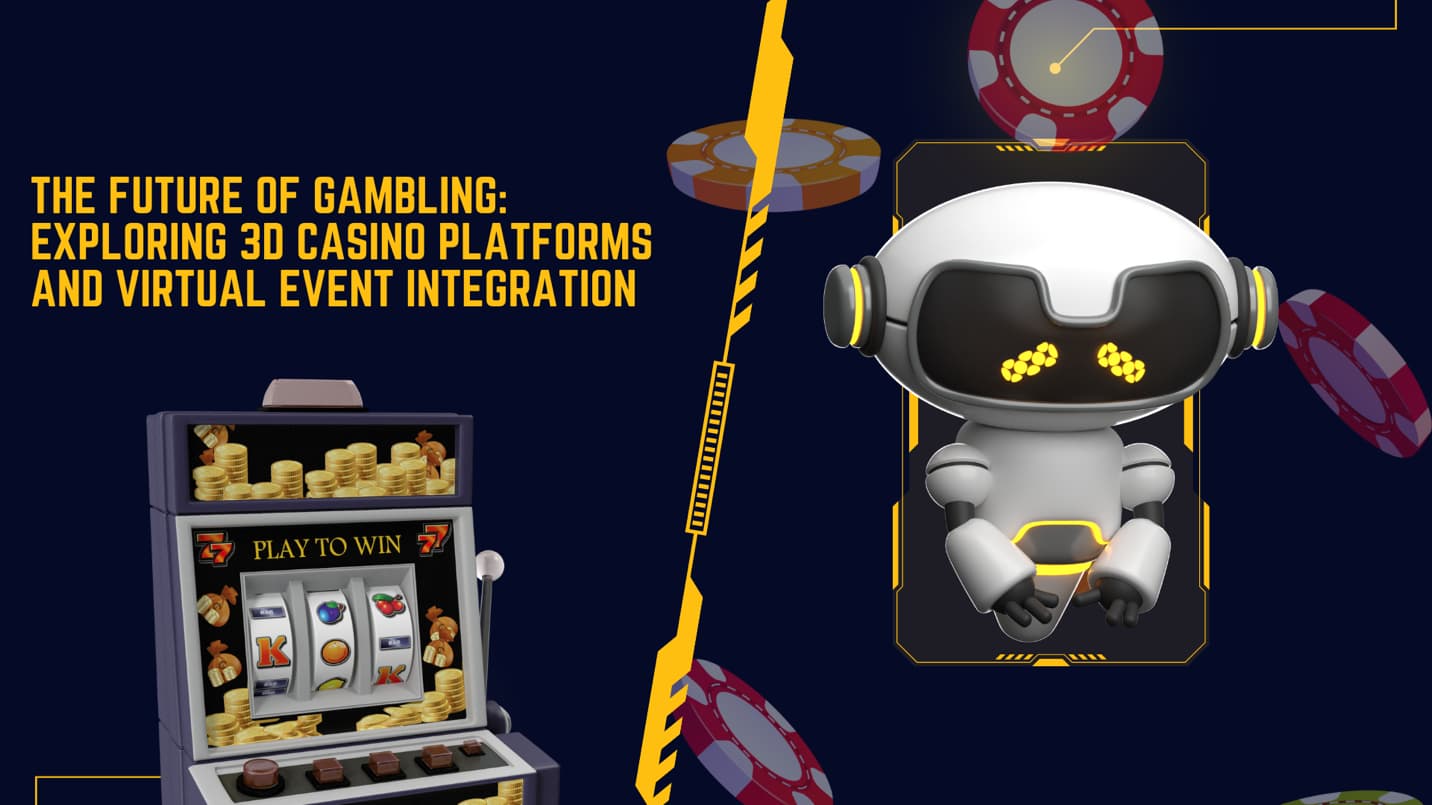Modern technologies are rapidly transforming the traditional look of various spheres of life, and event organization is no exception. Virtual reality (VR), once considered the domain of gamers and science fiction, is now becoming a powerful tool in the hands of event planners around the world — including the Czech Republic. This technology promises new forms of interaction, deep immersion into the event’s atmosphere, and an unprecedented level of personalization. However, there are also many myths surrounding VR that prevent businesses and private clients from fully understanding its real potential.
Myth: Virtual reality is only for games and entertainment
This is perhaps the most common myth. While the gaming industry did play a key role in the development of VR, today the technology is actively used in corporate environments, education, healthcare, and of course, event management. The Czech Republic, with its developing digital infrastructure and high interest in innovation, is already adopting VR solutions for conferences, exhibitions, corporate training, and even wedding ceremonies.
Organizing a virtual event using VR technology allows more than just online presentations and communication — it enables the full recreation of a live experience. Guests can “attend” a virtual exhibition hall, walk through digital pavilions, interact with objects, and even communicate with other participants in real time.
Reality: A new level of engagement and accessibility
One of the main advantages of VR is its ability to capture attention and create strong emotional involvement. Studies show that users interacting with content through VR retain information several times better compared to traditional formats. This opens new horizons for brands and organizers who want to stand out from the competition and create truly memorable experiences.
In addition, VR makes events more accessible. In the Czech Republic, as in many European countries, there is growing interest in hybrid formats, especially in the post-pandemic period. Virtual reality technologies allow people to participate in events from hundreds of kilometers away. This is particularly relevant for international conferences, forums, and exhibitions, where participation from other countries may be limited by visa or financial constraints.
Myth: VR technologies are too expensive and complicated
Another widespread stereotype is that implementing VR requires enormous costs and technical expertise. In reality, the technology is developing rapidly and becoming increasingly affordable. In the Czech Republic, there are already companies offering VR equipment rentals and turnkey content development. The user doesn’t need technical knowledge — it’s enough to put on the headset and follow simple instructions.
Moreover, with the advent of standalone devices like Oculus Quest, there is no longer a need for expensive computers and external sensors. This simplifies event logistics and makes VR integration feasible even within a moderate budget.
Reality: Personalization and analytics on a new level
Event organizers are increasingly paying attention to how effectively data can be collected and analyzed through VR. Every user action in a virtual space can be tracked and analyzed — from the duration spent at a stand to interactions with specific elements. This allows for in-depth analytics and the opportunity to adjust future event scenarios based on participant behavior.
Additionally, VR enables the creation of fully personalized environments. For private events like weddings or anniversaries, this may mean recreating places of emotional significance to guests. For corporate events, it allows for unique digital branding that reflects the company’s identity.
Myth: Virtual events cannot replace live interaction
Certainly, nothing can fully replace the warmth of face-to-face communication and physical presence. However, it’s important to understand that VR does not aim to eliminate traditional formats, but rather to complement them. In the Czech Republic, the concept of hybrid events is actively evolving, where some guests attend physically and others join virtually. This approach broadens the audience, increases flexibility, and adapts to new conditions, including environmental or health-related restrictions.
Furthermore, modern VR platforms offer a high degree of social interaction — from voice and text chat to avatars with facial expressions and gestures. This creates a sense of true presence and facilitates networking in a digital space.
Conclusion: From myths to opportunities
Using virtual reality technologies in event organization is not a fad or a temporary trend — it is a logical step in the evolution of the industry. VR broadens horizons, makes events accessible, interactive, and truly memorable. In the Czech Republic, where innovation is increasingly becoming a part of everyday life, adopting VR in events is not only possible but a strategic advantage.
Overcoming the myths and fears associated with virtual reality will open the door to new formats of communication, deeper audience engagement, and the creation of a unique user experience. And those who realize this first will be one step ahead in the future — a future that is already beginning today.



